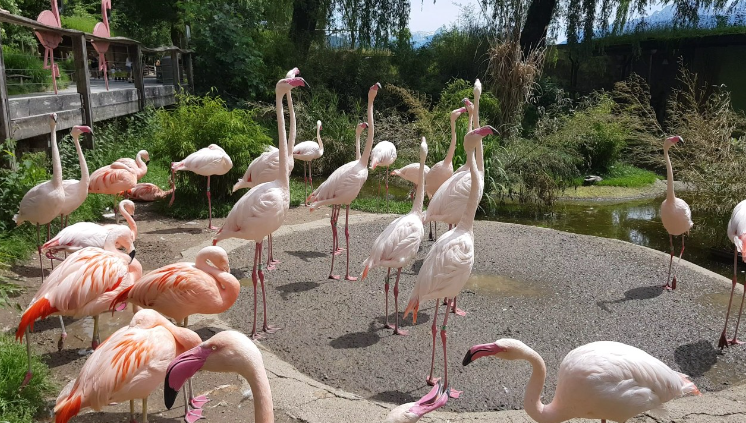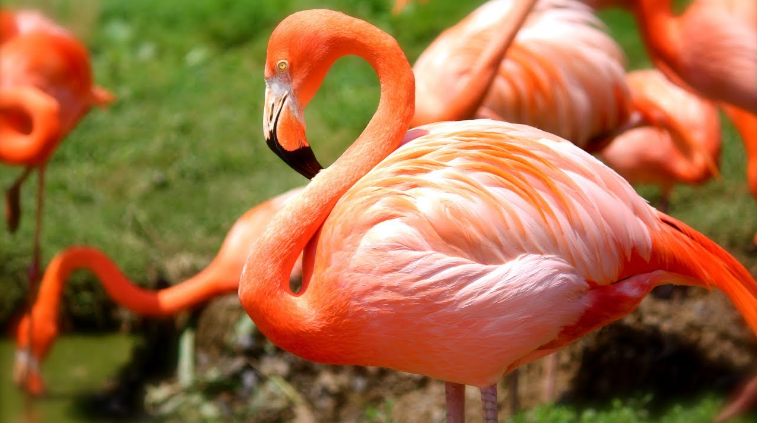The Sounds of Flamingos: What Do They Sound Like?
Flamingos are renowned for their vibrant pink plumage and graceful appearance. However, have you ever wondered what sounds these fascinating birds make? In this article, we will explore the vocalizations of flamingos and provide insights into what they sound like. Understanding their unique calls will deepen our understanding of these beautiful creatures.

Famingos sounding
1. Flamingo Vocalizations:
Flamingos are known for their distinctive vocalizations that vary depending on the situation and purpose. While they may not be as famous for their calls as some other birds, their vocal repertoire is intriguing and worth exploring.
2. Trumpeting Calls:
One of the most recognizable sounds produced by flamingos is their trumpeting call. This call resembles a loud, honking sound that carries over long distances. Flamingos emit this call to communicate with each other, establish territories, and attract mates. The trumpeting call is often described as a series of deep, resonating notes.
3. Grunting and Growling Sounds:
In addition to their trumpeting calls, flamingos also produce grunting and growling sounds. These low-pitched vocalizations are usually made during aggressive encounters or when defending their nesting sites. The grunting and growling sounds serve as warnings to intruders and help flamingos establish dominance within their social groups.
4. Courtship Displays:
During courtship displays, flamingos engage in synchronized group movements and vocalizations. These displays involve large numbers of birds and create a spectacle of sight and sound. The vocalizations during courtship displays are a mix of honks, trumpets, and other unique sounds that are believed to play a role in pair bonding and mate selection.
5. Chattering and Chirping:
Apart from their more distinctive calls, flamingos also produce softer chattering and chirping sounds. These sounds are often heard during feeding or social interactions and are used to maintain contact within the flock. Chattering and chirping sounds are usually high-pitched and gentle, adding to the overall ambiance of the flamingo habitat.
6. Communication and Social Interaction:
Flamingos use vocalizations as a means of communication and social interaction within their colonies. Through their calls, they can convey information about their location, group cohesion, and potential threats. Vocalizations also help them coordinate their movements during activities such as feeding and flying.
7. Environmental Factors:
The sounds produced by flamingos can vary depending on environmental factors such as the size of the colony, the time of day, and the overall mood of the birds. Factors like wind, water, and surrounding noises can also influence the clarity and range of their vocalizations.

Flamingos
Flamingos, with their striking appearance, are not only visually captivating but also possess a repertoire of unique vocalizations. Their trumpeting calls, grunting and growling sounds, courtship displays, chattering, and chirping all contribute to their communication and social interactions. Understanding what flamingos sound like enhances our appreciation of these remarkable birds and their fascinating behaviors in their natural habitats.